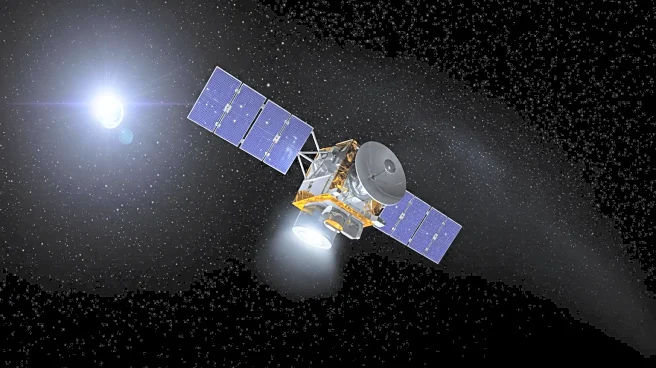What's Happening?
The industrial pump market is experiencing significant growth due to increased demand for water reuse and wastewater treatment projects worldwide. This surge is driven by the scarcity of freshwater resources, prompting municipal bodies and private entities to invest in new infrastructure. The market, valued at $66.7 billion in 2022, is projected to grow at a CAGR of 4.9% to reach $107.6 billion by 2031. Key sectors such as oil & gas, water treatment, and power generation are heavily reliant on industrial pumps, which are essential for efficient operations. The U.S. Environmental Protection Agency (EPA) is actively funding municipal water treatment projects, further supporting pump sales in North America.
Why It's Important?
The expansion of the industrial pump market is crucial for addressing global water scarcity and supporting sustainable infrastructure development. As industries focus on energy efficiency and environmental responsibility, the demand for advanced pumping systems is expected to rise. This growth presents opportunities for innovation in smart pumping systems and energy-efficient models, which can reduce operational costs and environmental impact. The market's evolution is also significant for emerging regions like Latin America and Africa, where industrial infrastructure is developing, offering untapped potential for market players.
What's Next?
The industrial pump market is likely to see continued investment in automation and digital integration, with companies focusing on eco-friendly designs and long-term service contracts. As emerging markets develop their industrial infrastructure, they are expected to become key growth areas. The ongoing modernization of water infrastructure in North America and stringent environmental regulations in Europe will further drive demand for efficient pumping solutions.
Beyond the Headlines
The industrial pump market's growth highlights the intersection of technology and environmental sustainability. The integration of IoT and AI in pump systems is transforming maintenance and operational efficiency, showcasing the potential for digital solutions in traditional industries. This trend underscores the importance of innovation in addressing global challenges like water scarcity and climate change.











